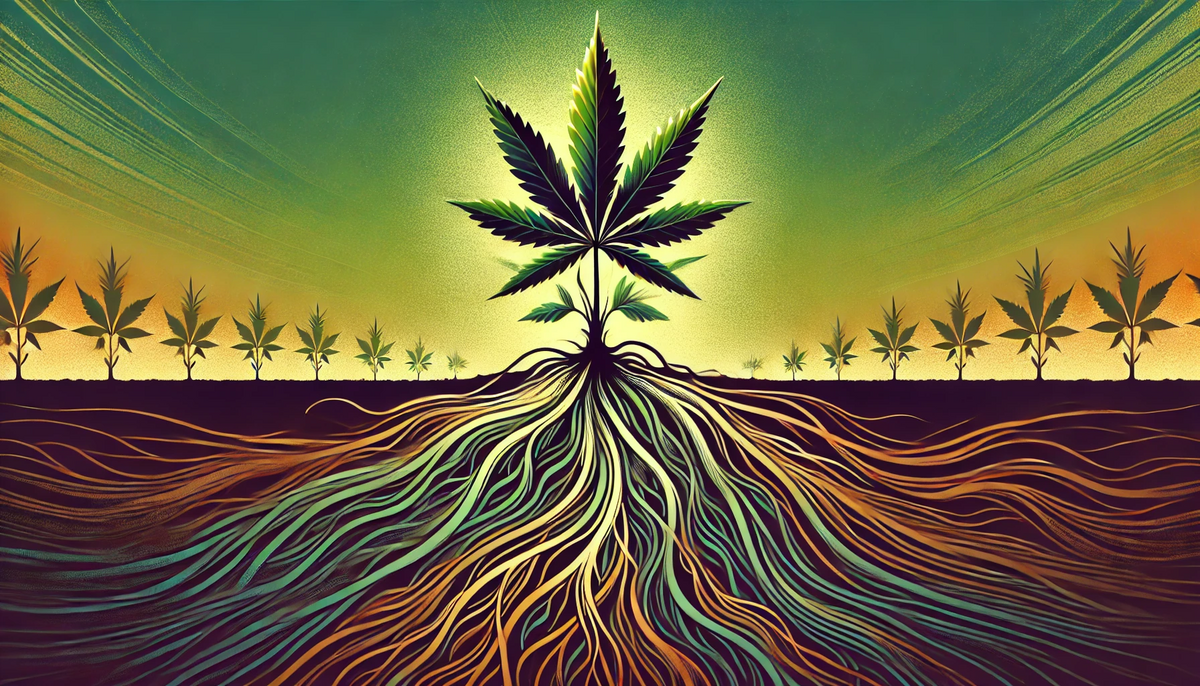
Hemp, often referred to as a wonder crop, has been a cornerstone of human innovation and survival for thousands of years. Its versatility, sustainability, and potential to address modern environmental challenges make it a vital resource for the future.
This blog explores hemp’s historical significance, agricultural benefits, industrial applications, nutritional value, and environmental impact, illustrating why it deserves a prominent place in global agricultural and industrial strategies.
The Historical Significance of Hemp
Hemp has been cultivated for over 10,000 years, making it one of the oldest domesticated crops in human history. Archaeological evidence reveals that ancient civilisations used hemp for textiles, rope, and paper. For example, hemp fibre imprints on pottery dating back to the Stone Age were discovered in China, and remnants of hemp fabric from 8,000 years ago were unearthed in present-day Turkey.
Throughout the ages, hemp’s durability and adaptability ensured its widespread use. In medieval Europe, hemp was a primary material for ship sails and ropes, enabling maritime exploration and trade. In early modern history, hemp was vital to the economies of colonial America, with farmers mandated to grow it for essential products like fabric, oil, and paper. These historical milestones underscore hemp’s longstanding value to humanity.

Agricultural and Environmental Benefits of Hemp
Hemp is a hardy and resilient plant that thrives in a variety of climates and soil conditions. Unlike many other crops, it requires minimal inputs such as water, pesticides, or herbicides, making it an environmentally friendly choice. Its rapid growth cycle, typically around 120 days, allows for multiple harvests within a year, maximising land use efficiency.
Additionally, hemp contributes to soil health through its deep root system, which helps prevent soil erosion and compaction. It also plays a role in phytoremediation, absorbing toxins and heavy metals from the soil. Farmers cultivating hemp can expect not only a high yield but also a revitalised and enriched soil bed for subsequent crops.

Industrial Applications of Hemp
The versatility of hemp extends across numerous industries, from textiles and construction to automotive and personal care. Below are some of its most impactful applications:
Textiles and Paper: One acre of hemp produces as much fibre as 2 to 3 acres of cotton, yet it is softer, stronger, and more durable. Unlike cotton, hemp is naturally resistant to mildew and requires significantly less water to grow. Additionally, hemp’s use in papermaking dates back centuries, producing a product that is more durable and environmentally sustainable than wood-based paper. Hemp paper is acid-free, resistant to yellowing, and ideal for archival purposes.
Construction Materials: Hemp’s fibrous stalks can be processed into strong, lightweight building materials such as ‘hempcrete.’ Hempcrete, made from a mixture of hemp hurds, lime, and water, is an insulating, pest-resistant, and carbon-negative building material. It is increasingly used in sustainable construction projects worldwide. Furthermore, hemp’s biocomposite fibres are integral to the automotive industry, with major manufacturers like BMW and Mercedes-Benz using them in vehicle panels and interiors.
Biofuels and Plastics: Hemp biomass can be converted into sustainable biofuels, offering a cleaner alternative to fossil fuels. Similarly, hemp fibres can be processed into biodegradable plastics, reducing dependency on petroleum-based plastics and mitigating environmental pollution.
Nutritional and Health Benefits of Hemp
Hemp seeds are a powerhouse of nutrition, packed with essential fatty acids, protein, and vital minerals. Rich in omega-3 and omega-6 fatty acids, they support heart health, brain function, and overall well-being. Hemp seeds can be consumed raw, roasted, or ground into flour for baking. They are also used to produce hemp oil, which is popular in culinary applications and as a base for skincare products due to its moisturising and anti-inflammatory properties.
Beyond food, hemp’s therapeutic potential is gaining recognition. Cannabidiol (CBD), a non-psychoactive compound derived from hemp, is widely used for its health benefits. CBD products, ranging from oils and capsules to topicals, are becoming mainstream in the wellness and healthcare sectors.

Environmental Impact of Hemp Cultivation
Hemp stands out as one of the most eco-friendly crops, offering solutions to some of the most pressing environmental challenges. Its ability to absorb significant amounts of carbon dioxide during growth makes it a valuable tool for carbon sequestration. Additionally, hemp’s minimal water requirements and natural pest resistance reduce the environmental footprint associated with its cultivation.
Hemp’s potential extends to addressing deforestation and plastic pollution. As a renewable source of paper and biodegradable plastics, it provides alternatives that can significantly reduce reliance on wood pulp and petroleum-based products. Moreover, hemp’s ability to remediate polluted soils could play a crucial role in rehabilitating degraded agricultural land.
A Future Rooted in Hemp
Hemp’s remarkable history, coupled with its diverse applications and environmental benefits, highlights its potential as a cornerstone of sustainable development. By integrating hemp into industries ranging from construction and automotive to food and wellness, we can pave the way for a greener, more sustainable future.
It is time to embrace the power of hemp and harness its full potential to build a world that prioritises environmental conservation, economic resilience, and improved quality of life.
For further insights and a deeper dive into hemp’s incredible properties, visit the Cannabis Trades Association’s dedicated page.
Published 31st March 2025





